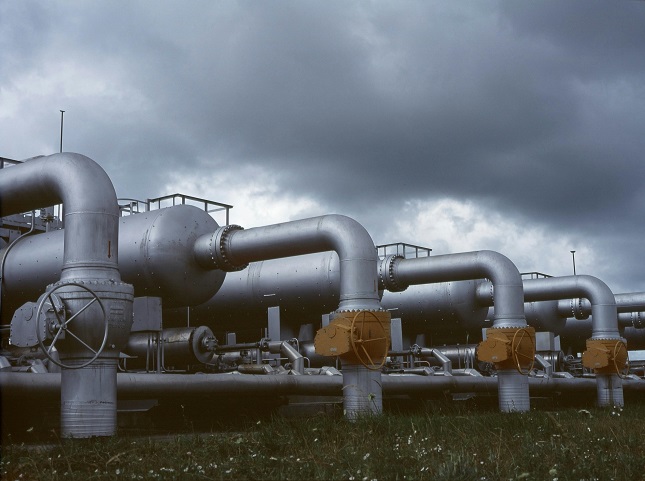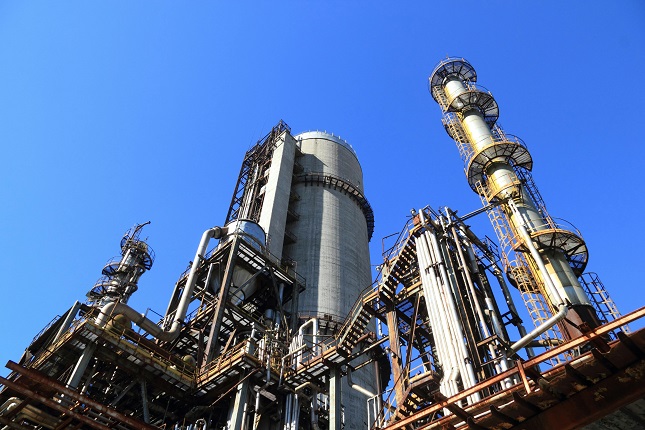Calculating the value of oil and gas royalties is a complex process influenced by several factors. Among the most important are production levels, market prices, and the specific terms of the lease agreement. These factors can significantly affect the income a royalty owner receives. Understanding these aspects is key for anyone involved in this industry.
Market prices for oil and gas have a significant impact on royalty income. When prices rise, royalty payments tend to increase, benefiting landowners. Conversely, when prices drop, royalties often decrease, affecting income. Additionally, production levels directly influence the royalty’s value as more production typically leads to higher payments.
Lease agreements also play a crucial role in determining value. Each lease can have different terms that dictate how payments are calculated, including percentages and deductions. Being aware of how these terms affect royalty payments can help owners make more informed decisions. Oil royalties are subject to economic and lease-specific conditions, making it essential for stakeholders to stay informed about these variables.
Geopolitical and Economic Factors
Several key elements impact the value of oil and gas royalties, including market demand and political and economic conditions. These factors influence production levels and pricing, which ultimately affect royalty values.
Global Market Demand
The demand for oil and gas is influenced by economic growth in various countries. When economies grow, energy use tends to increase, leading to higher demand. Economies like China and India can significantly sway global consumption, thus impacting oil and gas prices. For royalty owners, this means that a hike in global demand can lead to increased royalty payments.
Conversely, when demand falls due to economic slowdowns or a shift towards greener energy sources, royalty values may take a hit. This seesaw effect is crucial for royalty owners who need to track market dynamics continuously. Understanding these changes can help them adjust their financial expectations accordingly.
Political Stability and Policies
Political stability in oil-producing regions can heavily influence the value of royalties. Instability might disrupt supply and either inflate prices or interrupt production. Consistent policies that support oil and gas production can provide a stable environment for royalty owners.
Government regulations, tax policies, and international trade agreements can also play significant roles. Changes in energy regulations, such as emission standards or subsidies for alternative energy, might indirectly affect the royalty payments. Keeping an eye on political developments is important for those invested in oil and gas royalties to anticipate potential changes in their income.
Economic Trends and Indicators
Global economic trends, such as inflation rates or currency value fluctuations, affect the oil and gas markets. When inflation rises or a currency weakens, production costs can increase, impacting royalty amounts. Conversely, a strong economy can lead to more investments in oil and gas, potentially increasing royalty value.
Monitoring economic indicators like GDP growth rates and interest rates provides insights into broader trends that might affect the energy markets. Investors and royalty owners should be aware of these factors to make informed financial decisions. Changes in these economic conditions can alter the attractiveness of energy investments, influencing the royalty value significantly.

Technical and Industry Specific Factors
Evaluating the value of oil and gas royalties involves understanding several key elements grounded in technical and industry-specific issues. These include examining the reserves, assessing exploration costs, and considering the impact of new technologies.
Oil and Gas Reserves
The size and quality of oil and gas reserves have a direct impact on royalty values. Larger reserves usually mean more income potential. It’s critical to assess both the quantity and type of reserves.
Types of reserves, such as proven or probable, can influence predictions about future production. Proven reserves, being mostly confirmed, provide a more secure basis for valuation. Additionally, reserve life and depletion rates are necessary to understand long-term profitability.
Production and Exploration Costs
Analyzing production and exploration costs is vital. Lower costs increase potential profitability from royalty interests. This involves looking at expenses related to drilling, extraction, and transportation.
Location also plays a role in costs. Regions with challenging terrains or stricter regulations may see higher expenses. Thus, less costly areas might offer better returns. This balance between costs and income influences the attractiveness of a royalty investment.
Technological Advancements
Technology in oil and gas extraction changes the landscape of royalty values. New methods such as hydraulic fracturing or horizontal drilling can unlock previously inaccessible resources. This can expand recoverable reserves and improve efficiency.
Advancements can also lower production costs, making operations more profitable. Continuous improvements in technology increase the potential for higher returns on royalty interests, even from older or marginal fields. This evolution of technology plays a significant role in valuing oil and gas assets.










































